When holy character was fully matured in Our Lord, earth lost its hold on Him and He was transfigured. In all probability if Adam had transformed his innocence into holy character by obeying God’s voice, transfiguration would have been the way out of this order of things, there would have been no death. The entering in of sin made that impossible. “Wherefore, as by one man sin entered into the world, and death by sin; and so death passed upon all men, for that all have sinned” (Romans 5:12). “For the wages of sin is death” (Romans 6:23). Adam was intended by God to partake in his own development by sacrificing the life of nature to the will of God, and in that way to transform innocence into holiness. Our Lord came on the same plane as Adam and He did all that Adam failed to do; He transformed innocence into holy character, and when He had reached the full purpose of His Manhood He was transfigured.
The characteristic of the holiness of Almighty God is that it is absolute, it is impossible to antagonise or strain it. The characteristic of the holiness of Jesus is that it manifested itself by means of antagonism, it was a holiness that could be tested (see Hebrews 4:15). The Son of God as Son of Man transformed innocence into holy character bit by bit as things opposed; He did not exhibit an immutable holiness but a holiness of which we can be made partakers—“that we might be partakers of His holiness” (Hebrews 12:10). Jesus Christ revealed what a normal man should be and in so doing showed how we may become all that God wants us to be. When we are sanctified we do not get something like a landslide of holiness from heaven; we are introduced into a relationship of one-ness with God, and as Our Lord met antagonistic forces and overcame them, so must we. The life Jesus lived is the type of our life after sanctification. We are apt to make sanctification the end; it is only the beginning. Our holiness as saints consists in the exclusive dedication to God of all our powers.
One thing that is not sufficiently noticed is the place of the Transfiguration in the life of Our Lord; it came at the climax of His public ministry. In Matthew 16 we read that Jesus asked His disciples, first, “Who do men say that the Son of man is?”†† (rv) and then, “But who say ye that I am?”†† (rv) and in a flashing, revolutionary moment of discernment Peter confessed, “Thou art the Christ, the Son of the living God.”†† Then Our Lord laid down the basis of membership in His Church—“upon this rock,” i.e. the revelation of Who Jesus is and the public confession of it, “I will build My church.” “From that time forth began Jesus to shew unto His disciples, how that He must go unto Jerusalem, and suffer many things of the elders and chief priests and scribes, and be killed, and be raised again the third day.”†† Our Lord had made mystical allusions to His death earlier (see John 2:19-22), …



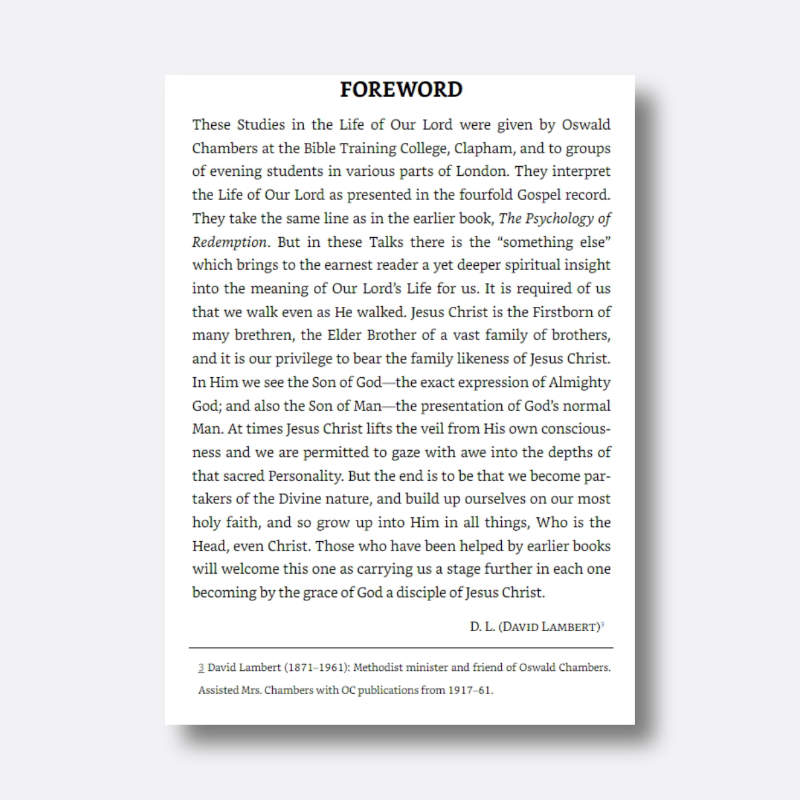

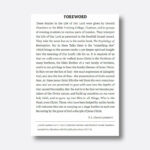






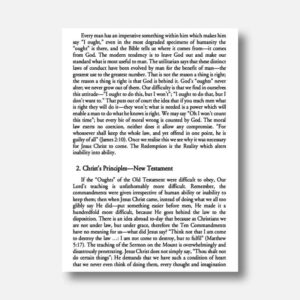






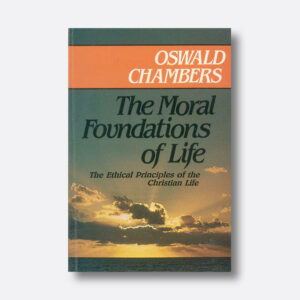




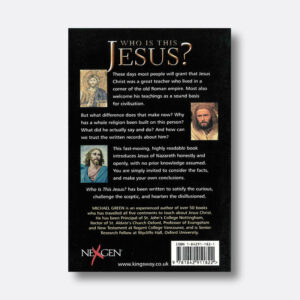
La Bible, le solide fondement de notre foi